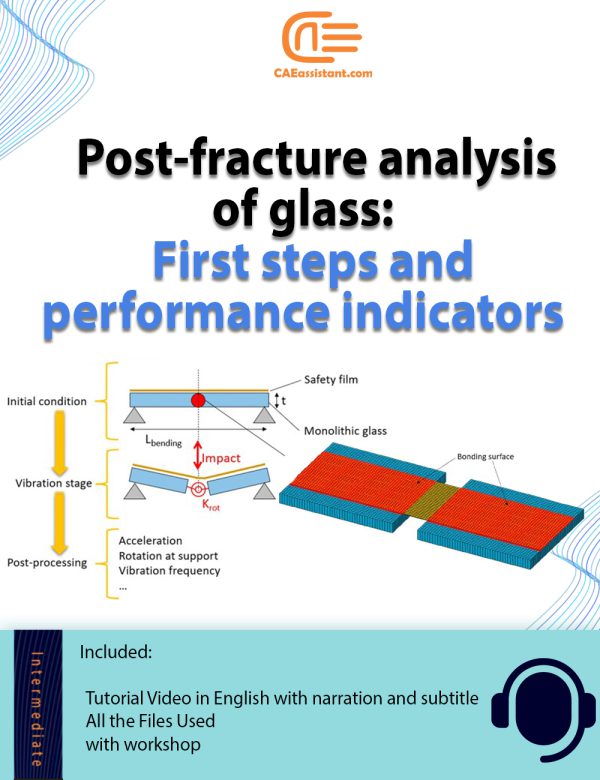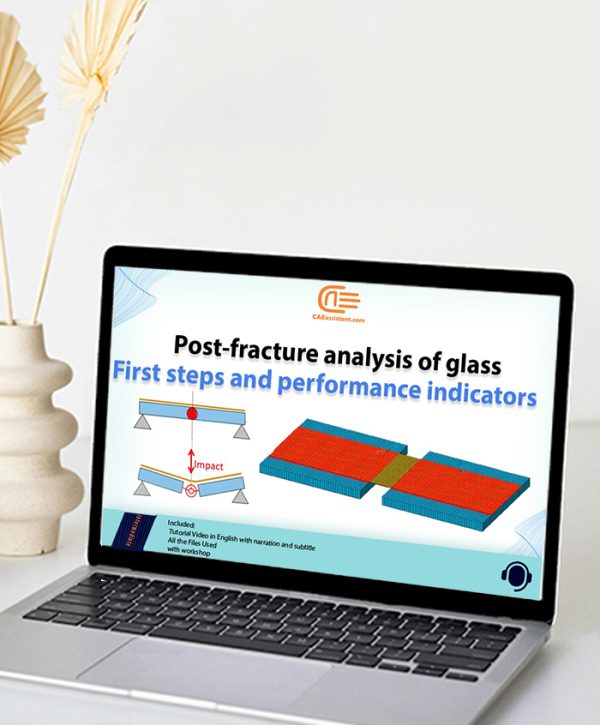Chiara Bedon |
Chiara is Associate Professor at University of Trieste, Department of Engineering and Architecture, Italy, where she is the principal instructor for ‘Structural Analysis’ and ‘Steel Structures’. PhD degree in 2012, since 2009 she is involved in international research projects and European networks (JRC-ERNCIP, NATO-SPS, COST, etc.). Editorial board member for ISI international journals.
Listed “Top Scientist” in 2019 (Stanford 2020), in 2020 and in 2021, she collected several research grants and awards (“Buildings 2020 Young Investigator Award”, “2022 Buildings Best Paper Award”, 2014 GlassCon Global, etc.). Listed “Top Italian Scientist” for h-index > 30 (engineering) and “Top Italian Women Scientist” (engineering > civil).
——————————————————————————————————————————–

- Jun 2022 – Present · 2 yrs 4 mos
Trieste, Friuli-Venezia Giulia, Italy
- Dec 2019 – Jun 2022 · 2 yrs 7 mos
- Dec 2014 – Dec 2019 · 5 yrs 1 mo
Trieste
——————————————————————————————————————————–

- Ph.D. Researcher in Civil Engineering, Structural glass
Nov 2009 – Apr 2012
- 2nd level postgraduate Master Course in “Design of earthquake resistant buildings” (MUPAC)
- Structural Engineer – Master Degree in Structural Engineering
Sep 2005 – Dec 2007
- Civil Engineer, Bachelor Degree in Civil Engineering
Sep 2002 – Oct 2005
| At CAEAssistant.com, we collaborate with a distinguished group of researchers who bring a wealth of academic and industry experience to our platform. These experts are not only leading voices in their respective fields but also active contributors to cutting-edge research, with numerous ISI-indexed publications and industry-relevant projects under their belts. Their deep expertise in areas such as finite element analysis, composite materials, and advanced simulation techniques ensures that the courses they create are both academically rigorous and practically valuable. By learning from these accomplished professionals, our students gain access to the latest knowledge and insights, empowering them to excel in their careers and research endeavors. |


